SUMMARY
This is AI generated summarization, which may have errors. For context, always refer to the full article.
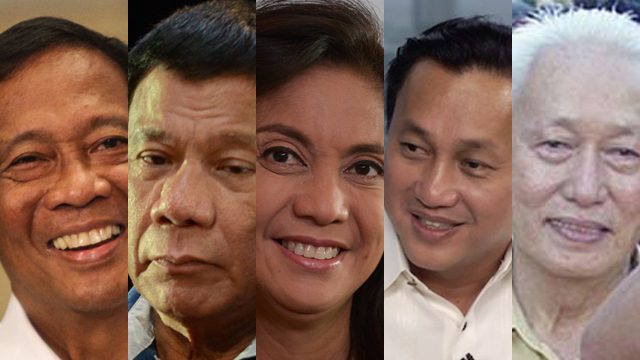
MANILA, Philippines (UPDATED) – The EDSA People Power Revolution in the Philippines was the first time that the world saw the toppling of a dictator in a bloodless uprising – a proud moment for Filipinos.
It was also the event that brought several personalities onto the path of politics. Once unknown names rose to prominence, becoming household names 32 years later. Scions of political families began their own careers after EDSA, getting appointed to officer-in-charge roles after the 1986 revolution.
Some of them are even in the running for the upcoming May polls. Rappler lists down some of the politicians today who began their political careers after the historic uprising.
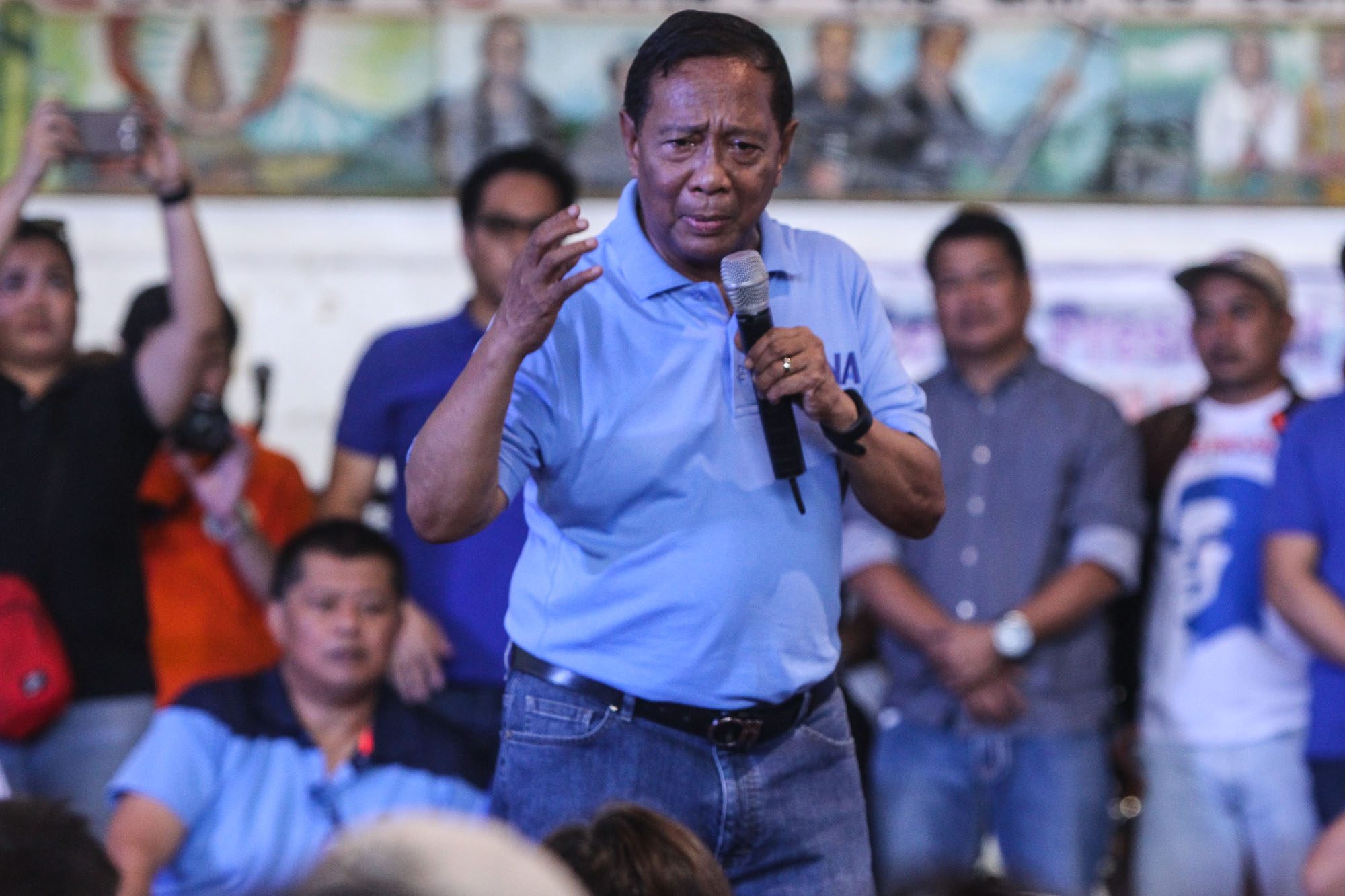
Jejomar Binay
Then: Human rights lawyer during the Marcos years; later appointed officer-in-charge of Makati City
Now:
Now: Former vice president; ran for president in 2016
The former vice president owes his political break to the mother of the man whose administration and governance he now attacks. After the 1986 revolution, newly installed president Corazon Aquino appointed Binay – a lawyer who gained prominence defending human rights victims during the martial law years – officer-in-charge of Makati City.
He would solidify his hold over the metro’s financial capital two years later, when he was elected mayor of the city. From 1988 to 1998, he won every election in the city, but his rule was marred by allegations of ill-gotten wealth, which continued to hound him during his vice presidency.
In 1998, then president Joseph Estrada appointed him chairman of the Metropolitan Manila Development Authority (MMDA). He returned to Makati in 2001, running and winning consecutively until he eventually ran for the vice presidency in 2010. Binay narrowly defeated then-senator Manuel Roxas II – who became his rival for the presidency in 2016.
From 2010, Binay served as vice president under the administration of Cory Aquino’s son, President Benigno Aquino III. The two are tied by history, but politics eventually soured the relationship between them, with Binay breaking from the Aquino Cabinet and criticizing the administration he had been a part of.
In 2016, Binay ran for president against Roxas, Aquino’s chosen successor. His running mate was Senator Gringo Honasan, whom Binay credited for his role in helping topple the dictatorship of the late Ferdinand Marcos.
But Honasan, too, figured in the Aquinos’ history: he led several coup attempts against Cory Aquino, while Binay had been a defender of that administration, even earning the moniker “Rambotito” for wearing army fatigues and lugging an Uzi submachine gun.
In previous interviews, Binay simply shrugged off his team-up with Honasan: “He’s very qualified and he was our comrade in the struggle. In EDSA, you cannot deny the participation of Senator Honasan. He’s a good soldier and organizer,” he said in October 2015.
“I want my administration to be known as a healing and unifying government,” he said back then.
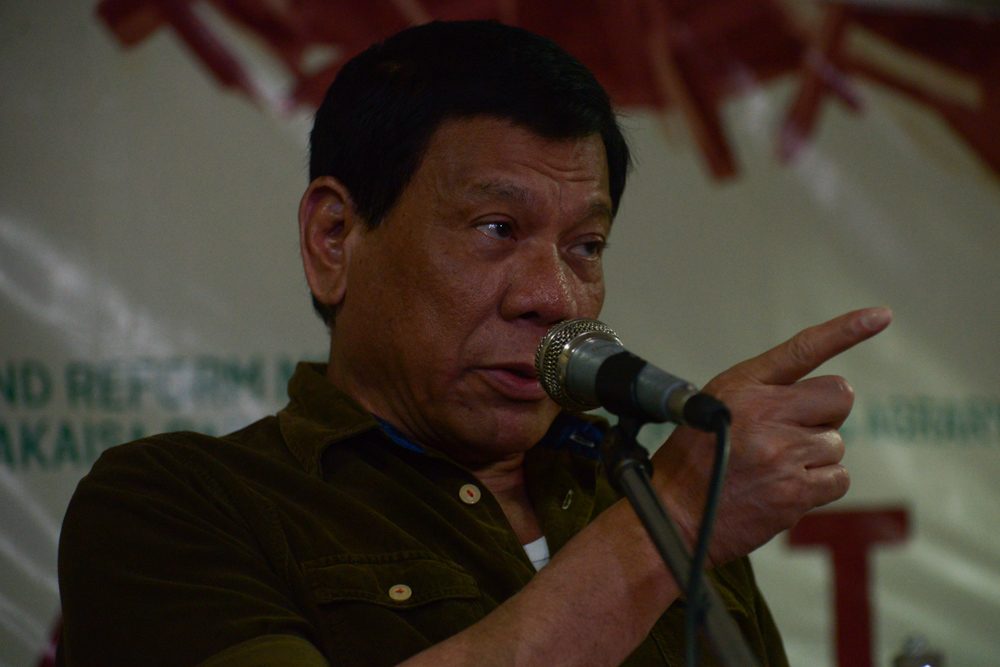
Rodrigo Duterte
Then: Appointed officer-in-charge vice mayor of Davao City
Now: President of the Philippines, former mayor of Davao City
The tough-talking mayor of Davao City began his foray into politics post-EDSA, when he was appointed officer-in-charge (OIC) vice mayor of the city from 1986 to 1988. But before that, he was no stranger to government work: a lawyer, he had been working at the Davao City Prosecutor’s Office during the Marcos years.
He also comes from a family of public servants: his father was governor of the undivided Davao in the 1950s, while his mother was a teacher and civic leader.
Duterte began his stint as one of the Philippines’ longest-serving mayors in 1988. He held the top post for 7 terms. In between those years, he also took a break from the mayoral post by serving as a congressman of the 1st district of Davao City (1998-2001) and as vice mayor under his daughter, Sara (2010-2013).
The man nicknamed “The Punisher” has long been a controversial figure in Philippine politics. Davaoeños credit him for creating a safe and livable – if strict – city, citing his implementation of an anti-discrimination ordinance, a 911 emergency response system, and a smoking ban in public places, among others. (READ: 22 things to know about ‘Duterte Harry’)
But his strongman style of leadership that critics compare to the dictator Marcos’ has come under fire. Human rights groups have hit Duterte’s alleged involvement in extrajudicial killings in the city claimed as one of the safest in the world – a claim that is also being contested.
For his part, Duterte dismissed these allegations as a “political gimmick” against him.
His iron-fisted approach and candid off-the-cuff remarks – often expletive-laden – have made him a love-him-or-hate-him type of politician. Despite this, Duterte won the presidency in 2016.
Less than two years into his term, Duterte continues to brandish this strongman style of leadership and has even called himself a dictator. He continues his brutal campaign against drugs, crime, and corruption and declared martial law in Mindanao in 2017.
In February 2018, United States (US) intelligence agencies said Duterte was among the “regional threats” to US national security in Southeast Asia, as democracy in the region remains fragile.
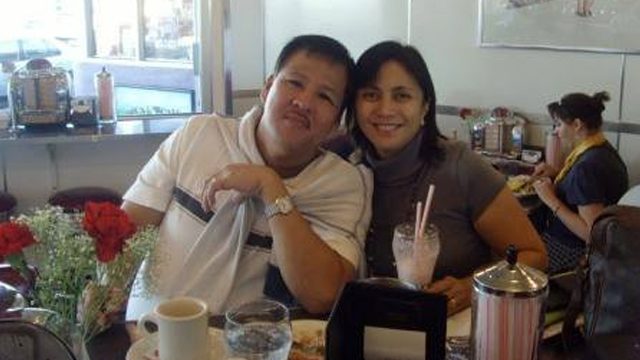
The Robredos
Then: In the first post-EDSA elections, Jesse Robredo won as mayor of Naga City
Now: Robredo’s widow, former Camarines Sur Representative Leni Robredo, is the Vice President of the Philippines
The late interior secretary Jesse Robredo did not owe his political break to a post-EDSA appointment from Cory Aquino. But it was the upswelling of hope and a desire for reform triggered by that historic uprising that set the wheels in motion for Robredo’s eventual entry into politics – and, years later, that of his widow, Leni.
Recalling the unexpected turns in her life that led her to meeting Jesse and later, to entering public service, Leni would say it was the EDSA revolution that changed everything.
“My life was all planned before. After graduating, I would go straight to law school and be a lawyer like my father,” Robredo said in a September 2015 forum. “But I graduated in 1986, just after EDSA, and somehow EDSA changed that.”
Leni returned to Naga City and took up a job at the Bicol River Basin Development Program – where she met Jesse, who was serving as program director. Jesse was an appointee of former president Cory Aquino then.
Leni would say of their relationship: “You could say our love story was born from the euphoria of EDSA, from a passion and desire to truly serve.”
In the first post-EDSA polls in 1988, Jesse ran and won as mayor of Naga City at age 29 – then the youngest mayor to be elected in the Philippines.
His leadership in Naga has been widely lauded, earning Jesse national and international recognition. He is credited for transforming Naga City into a “model local government”, a city that highlighted people participation in policy making and governance.
It’s a style of leadership that his widow Leni now plans to emulate, as the Vice President of the country.
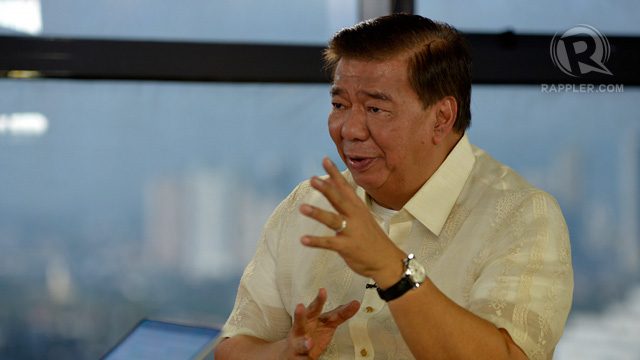
Franklin Drilon
Then: Labor secretary under Cory Aquino
Now: Senator
The Liberal Party stalwart traces the beginnings of his political service in 1986, when Cory Aquino appointed him deputy labor minister. Before this, Drilon worked for years as a lawyer, including at the prestigious ACCRA law firm, where he was managing partner by the time he left to join government.
From being deputy labor minister, he eventually served as labor secretary from 1987 to 1990, and as justice secretary in 1990. In 1991, he became Aquino’s executive secretary, staying on until the end of her term.
The year 1995 saw his entry into the legislature, with his election to the Senate. He has repeatedly held the post of Senate President.
He is currently the vice chairman of the ruling Liberal Party.
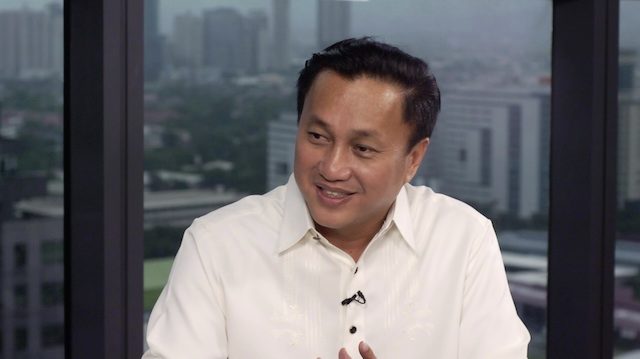
Then: Appointed officer-in-charge of Tagaytay City
Now: Political adviser to President Duterte
The independent senatorial candidate had been working in various law offices before he followed his parents’ footsteps and entered politics. In 1986, Cory Aquino appointed him officer-in-charge of Tagaytay City, which had also been under the rule of Tolentino’s father.
Tolentino eventually took over Tagaytay, serving as city mayor for 9 years from 1995 to 2004. But his most prominent role that thrust him into the national spotlight was his 2010 appointment as chair of the Metropolitan Manila Development Authority (MMDA).
His 5-year stint saw him heading the metro agency tasked to oversee the planning and development of the Philippine capital region, overseeing programs in traffic management, flood control, and public safety.
Under his tenure, the MMDA used social media to provide real-time traffic updates, and tried out various solutions to solve congestion, such as the relaunching of the Pasig River Ferry.
Critics attacked Tolentino for failing to ease Metro Manila’s traffic jams, but Tolentino held on. His eventual resignation was triggered by his intention to run for the Senate in 2016, initially as part of the ruling coalition’s slate. But a controversial lewd performance in Laguna eventually led to his being excluded from the LP slate and running as an independent candidate instead.
During the 2016 elections, Tolentino failed to gain a seat in Senate, ranking 13th in the Senatorial race. He then accused Senator Leila de Lima – who secured the last Senate seat – of committing alleged electoral fraud or irregularity, an accusation she denied.
In July 2017, President Duterte appointed Tolentino as his “political adviser.”
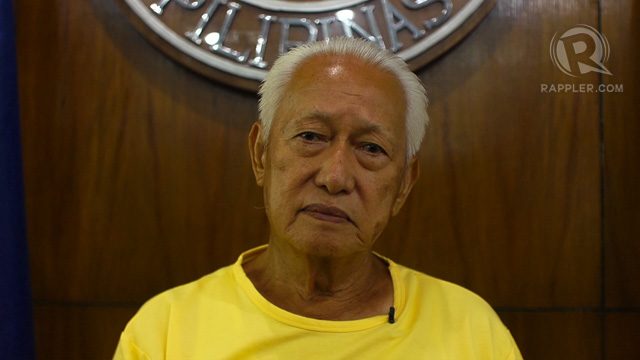
Alfredo Lim
Then: Former director of the National Bureau of Investigation; former mayor of Manila
Now: Private citizen
A longtime police officer, Lim was chief of the Northern Police District when demonstrations began growing against Marcos. During the Cory Aquino presidency, Lim defended her government from the many coup attempts and attacks from leftist guerrillas. In 1989, he was appointed director of the National Bureau of Investigation.
Following his stint in the police force, Lim tried his hand in politics by running for mayor of Manila in 1992. He was re-elected in 1995. His term as Manila mayor earned him the title of “Dirty Harry” for his tough stance against crime.
In the 1998 elections, Lim ran for the presidency, a bid supported by Cory Aquino. He lost to Joseph Estrada.
Lim returned to politics when he won as senator in the 2004 polls. He didn’t finish his term in the Senate because he chose to go back as Manila mayor in 2007.
He sought another term in the 2013 polls – a bid backed by Cory’s son Noynoy – but Lim lost to Estrada. During the 2016 elections, he ran once more for the mayoral post but again lost to Estrada. – Rappler.com
Add a comment
How does this make you feel?
There are no comments yet. Add your comment to start the conversation.